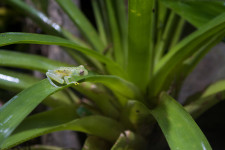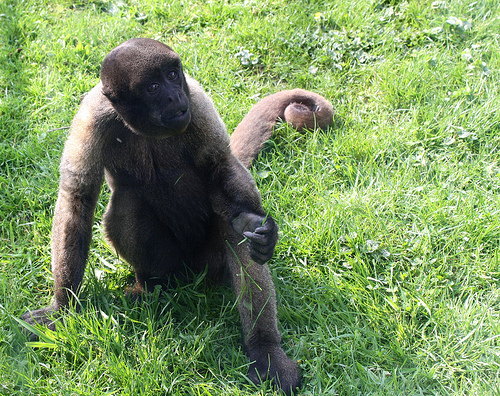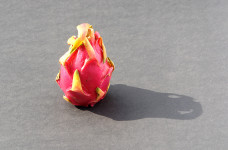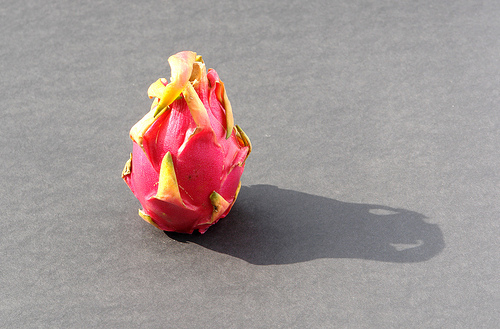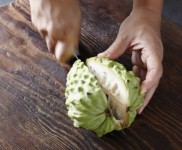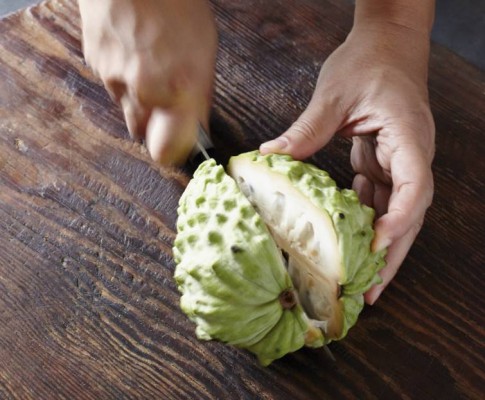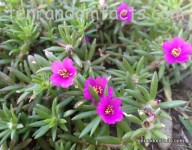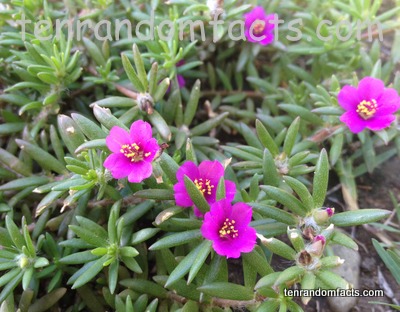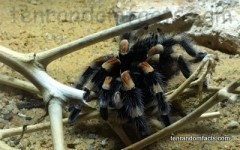
You would be glad to hear that Mexican redknee tarantulas are not something to fear.
- Mexican redknee tarantulas are a species of spider found in the forests of the Mexican mountain ranges in southern North America, and they have become a popular pet, though they are listed as ‘near threatened’ and are now somewhat protected.
- The scientific name of a Mexican redknee tarantula is Brachypelma smithi and it is from the family Theraphosidae, the family of tarantulas.
- ‘Mexican redknee tarantulas’ are also known as ‘red knee tarantulas’, ‘red-kneed tarantulas’, ‘Mexican red-knee tarantulas’ and ‘Mexican red-kneed tarantulas’.
- Numerous small hairs can be found on Mexican redknee tarantulas, and the spider is primarily brown to black in colour with orange to red coloured patches on each leg joint.
- Mexican redknee tarantulas are generally between 12 to 14 centimetres (4.7 to 5.5 inches) long and weigh 15 to 16 grams (0.5 to 0.6 ounces), while females are typically larger than males.
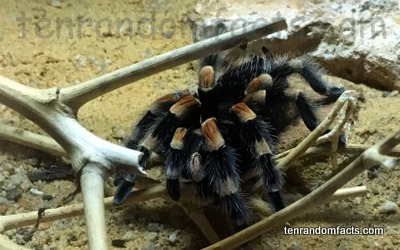
- The diet of a Mexican redknee tarantula consists primarily of insects, rodents and frogs, but also birds and other mammals, that are captured at the entrance of the spider’s burrow where it makes a web, and paralyses and liquefies the prey using its venom.
- Through an extensive molting process, Mexican redknee tarantulas can restore any limbs or other bodily extensions that have been lost.
- Female Mexican redknee tarantulas typically live to be 20 to 30 years, however a male’s lifespan is much shorter, at around 5 to 10 years.
- When feeling threatened, a Mexican redknee tarantula can defend itself using its bite, however it prefers to display its fangs and shoot barbed hairs from its abdomen.
- A female Mexican redknee tarantula lays from 200 to 400 or more eggs at one time, that are gathered into a silk web sack, which hatch after one to three months, and the young exit the sack approximately three weeks after hatching.



